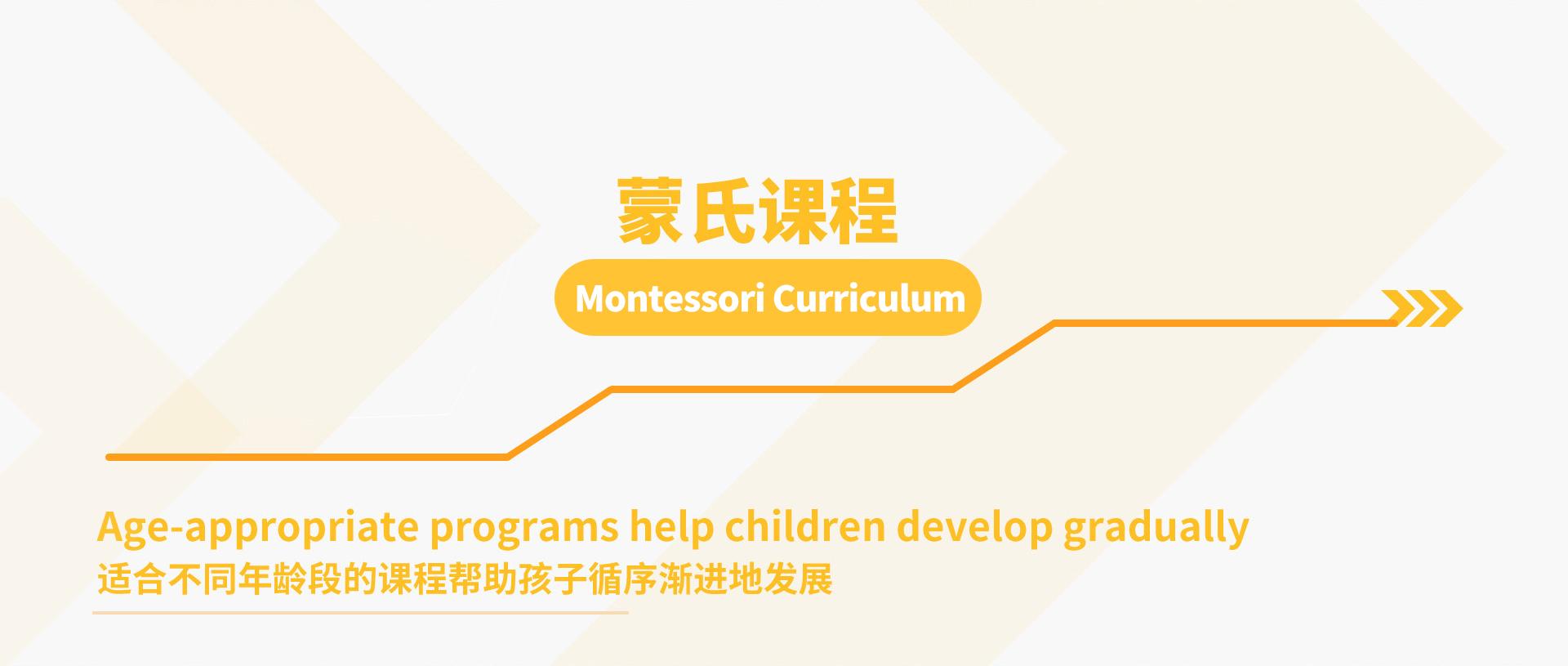
-
蒙氏课程
Montessori Curriculum
-
1907年,玛利亚·蒙特梭利博士在意大利创建了第一家“儿童之家”。在这间教室里,成人预备好支持孩子自我发展的环境,孩子在教室里自主忙碌地生活、学习,他们的专注、独立、自主,让整个世界为之震惊。蒙特梭利教学法在此之后的100多年里风靡全球,直至今日仍然长盛不衰。
蒙特梭利教学法区别于其它教学最大的不同在于,成人并非按照自己的意愿将孩子塑造成我们希望的样子、我们也并不紧盯孩子的学习,而是如同园丁一样,只提供孩子自我发展所需的环境,其中包括:
1.以“追随儿童”为核心理念的老师。
2.老师和孩子,孩子和孩子之间相互尊重,保持友善的日常氛围。
3.教室里有尺寸适合孩子大小的教具,教室美观、有序。
4.日常生活、感官、数学、语言、文化五个领域的教学用具。
5.个别化学习,没有奖惩、没有比较,支持每一个孩子的自我发展。
6.每天2-3小时不受打扰的探索时间,支持发展专注力。
7.精准简练、逻辑清晰的教具示范。老师示范以外,孩子被支持用自己的方式探索教具。
8.混龄环境尤其支持孩子的语言和社交策略发展。
除此以外,泰德乐的老师特别关注引导孩子在社交生活中觉察自己与他人的感受和需求,并学习和练习在冲突中获得双赢;并为家长提供育儿咨询,协助家长在家庭中用同样的理念和方式陪伴孩子、培养孩子。
孩子不仅会养成自我发展的习惯,而且也会有卓越的自主意识、自我调节能力和社交能力,通过三到五年在以上有预备的环境(Prepared Environment)中,不断探索、重复练习,。这些在童年最初时候形成的习惯和能力,是我们送给孩子最珍贵的礼物,将在孩子毕业之后继续陪伴他们,支持他们成为终身自我发展的成人、成为能同时获得优秀与幸福的成人。
In 1907, Dr. Maria Montessori founded the first "Children's House" in Italy. In this classroom, adults prepare an environment to support children's self-development. Children live and study independently in the classroom. Their concentration, independence, and autonomy have shocked the whole world. The Montessori teaching method has been popular all over the world for more than 100 years and continues to be popular today.
The biggest difference between the Montessori method of education and other educational methods is that Montessori teachers do not shape the children into learning in any particular way, and also the teachers not pay close attention to children's learning, but only provide children with the environment to develop in. The well-prepared environments contains:
1. A core concept of "following children".
2. Teachers and children respect each other and maintain a friendly daily atmosphere.
3. The montessori classroom with carefully selected, aesthetically arranged materials that are presented sequentially. Also containing appropriately sized furniture, and a complement of Montessori materials.
4. Montessori materials devided into five core areas; practical life, sensorial, mathematics, language, and culture education.
5. Individualized guidance no rewards, punishments and comparisons with one another, which supports the self-development of each child.
6. 2-3 hours of uninterrupted exploration time per day to support the development of concentration.
7. Teachers demonstrate the work accurately, concisely and logically. There is enough space to allow children to explore the materials in their own way.
8. Mixed-age grouping environments especially support the development of children's language and social strategies.
In addition, Tiddley-Tots pay special attention to guiding children to be aware of their own and others’ feelings and needs in social life; we also help children learn and practice achieving win-win situations in conflict; and to provide consulting service for parents to help them using the same method at home.
Children will not only develop the habit of self-development, but also have excellent self-awareness, self-regulation and social skills through these three to five years of continuous exploration and repeated practice in a well-prepared environment. These habits and abilities formed at the beginning of childhood are the most precious gifts we can give to our children, which will continue to benefit them long after graduation as they continue to develop and grow into adults. Adults who will be able to achieve excellence and happiness at the same time.


